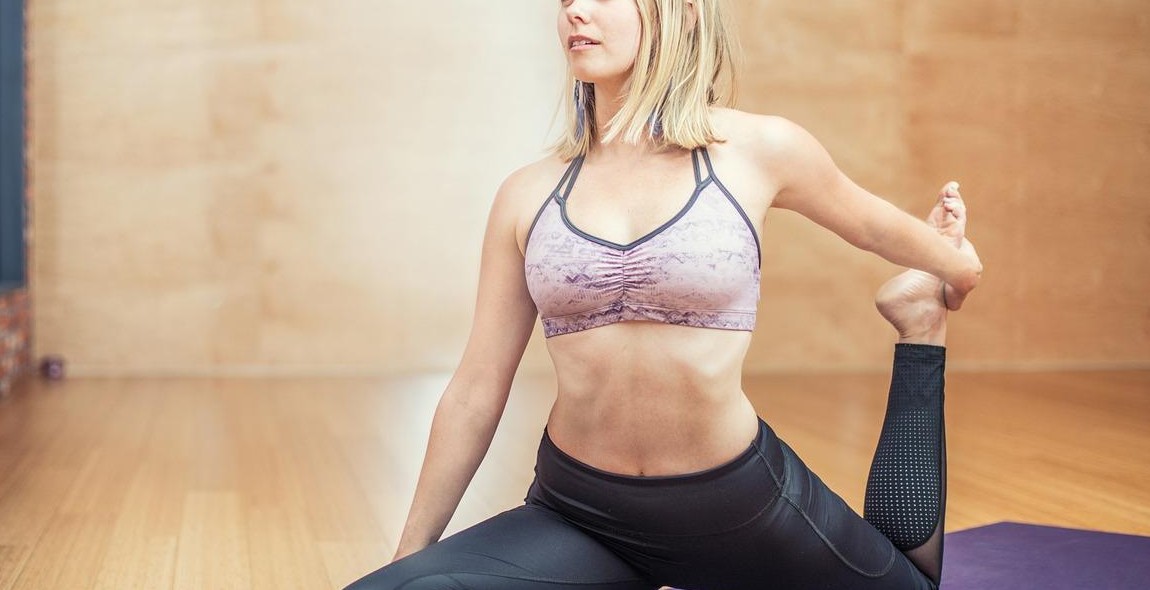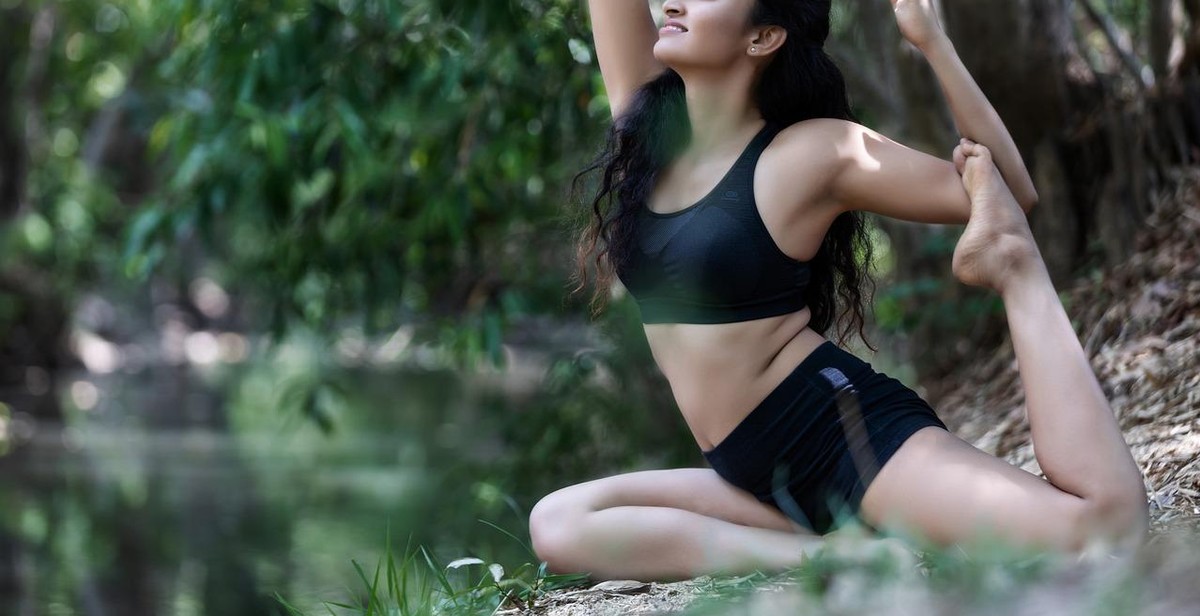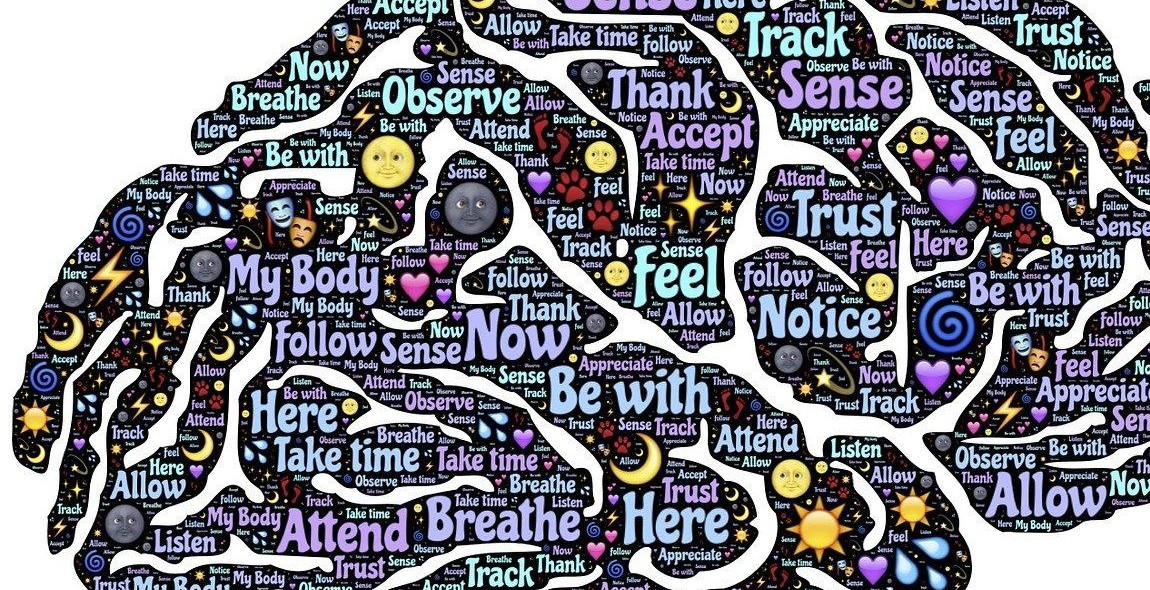How to Perform Yoga Poses: Beginner’s Guide to Asanas and Yoga Practice
Yoga is a holistic practice that originated in ancient India over 5,000 years ago. It is a combination of physical, mental, and spiritual disciplines that aim to improve overall health and well-being. The word “yoga” comes from the Sanskrit word “yuj,” which means to unite or join, and it is based on the belief that the mind and body are interconnected.
Benefits of Yoga
Yoga has numerous benefits for both the mind and body. It can help reduce stress, anxiety, and depression, improve flexibility, strength, and balance, and boost overall physical fitness. Additionally, yoga can also promote better sleep, increase energy levels, and enhance mental clarity and focus.
Yoga involves performing various poses, known as asanas, which can be modified to suit different skill levels and physical abilities. Whether you are a beginner or an experienced practitioner, mastering yoga poses can take time and practice. This beginner’s guide to asanas and yoga practice will provide you with the necessary tools to start your yoga journey and perform yoga poses with confidence and ease.

Preparing for Yoga Practice
Before you start your yoga practice, it’s essential to prepare yourself and your environment to ensure that you get the most out of your practice. Here are some tips to help you prepare for your yoga practice:
Choosing the Right Yoga Mat
A yoga mat is an essential tool for any yoga practice. It provides a non-slip surface that helps you maintain your balance and stability during your practice. When choosing a yoga mat, it’s essential to consider the thickness, texture, and material of the mat. A thicker mat will provide more cushioning, while a textured mat will provide more grip. The material of the mat should be durable, easy to clean, and eco-friendly.
Wearing Comfortable Clothes
Wearing comfortable clothes is crucial for a successful yoga practice. Your clothes should be loose-fitting, breathable, and stretchy to allow for ease of movement. Avoid wearing clothes that are too tight or restrictive, as this can limit your range of motion and make it difficult to perform certain poses. Additionally, avoid wearing jewelry or accessories that may get in the way or distract you during your practice.
Finding a Quiet and Comfortable Space
It’s essential to find a quiet and comfortable space where you can practice yoga without distractions. Choose a room with plenty of natural light and good ventilation. If possible, choose a space with a view of nature, as this can help you feel more relaxed and connected during your practice. Make sure the room is free of clutter and distractions, and consider using candles, incense, or essential oils to create a calming atmosphere.
- Choose a room with plenty of natural light and good ventilation
- Choose a space with a view of nature
- Make sure the room is free of clutter and distractions
- Consider using candles, incense, or essential oils to create a calming atmosphere
By following these tips, you’ll be able to prepare yourself and your environment for a successful yoga practice. Remember to take your time, breathe deeply, and listen to your body as you move through your practice.
Basic Yoga Poses for Beginners
Starting a yoga practice can be intimidating, especially if you’re new to the practice. However, with a little bit of guidance and practice, anyone can learn the basic yoga poses and start to experience the many benefits of yoga. Here are some of the most common and fundamental yoga poses for beginners:
Mountain Pose
Mountain Pose, also known as Tadasana, is a foundational yoga pose that helps improve posture and balance. To perform this pose, stand with your feet hip-distance apart, and distribute your weight evenly between both feet. Press down through all four corners of your feet, lengthen through your spine, and engage your core. Bring your hands to your heart center or let them hang by your sides. Take a few deep breaths and feel the strength and stability of the pose.
Downward-Facing Dog
Downward-Facing Dog, or Adho Mukha Svanasana, is a classic yoga pose that stretches the entire body, from the hamstrings to the shoulders. Begin on your hands and knees, with your hands shoulder-distance apart and your knees hip-distance apart. Spread your fingers wide and press down through your palms. Lift your hips up and back, straightening your arms and legs. Keep your head and neck relaxed, and take a few deep breaths in the pose.
Warrior I
Warrior I, or Virabhadrasana I, is a powerful standing pose that strengthens the legs, core, and upper body. Begin in Mountain Pose, then step your left foot back about three to four feet. Turn your left foot out slightly and angle your right foot forward. Bend your right knee, making sure it stays directly over your ankle. Lift your arms overhead, keeping your shoulders relaxed and your gaze forward. Take a few deep breaths and feel the strength and power of the pose.
Tree Pose
Tree Pose, or Vrksasana, is a balancing pose that helps improve focus and stability. Begin in Mountain Pose, then shift your weight onto your left foot. Bring your right foot to your left inner thigh, with your toes pointing down. Press your foot into your thigh and bring your hands to your heart center. Find a focal point to help with balance, and take a few deep breaths in the pose. Repeat on the other side.
| Yoga Pose | Benefits |
|---|---|
| Mountain Pose | Improves posture and balance |
| Downward-Facing Dog | Stretches the entire body |
| Warrior I | Strengthens the legs, core, and upper body |
| Tree Pose | Improves focus and stability |
Tips for Performing Yoga Poses
Yoga is a powerful practice that can help you improve your flexibility, balance, and strength. However, it’s important to perform yoga poses correctly to avoid injury and get the most out of your practice. Here are some tips to help you perform yoga poses safely and effectively.
Breathe Deeply
One of the most important aspects of yoga is breathing. When you perform yoga poses, it’s important to breathe deeply and evenly. This helps to oxygenate your body and calm your mind. As you move through each pose, inhale deeply through your nose, and exhale slowly through your mouth. This will help you stay focused and relaxed throughout your practice.
Listen to Your Body
Yoga is not a competition, and it’s important to listen to your body. If a pose feels uncomfortable or painful, modify or skip it altogether. Your body knows best, and it’s important to honor its limitations. Over time, you’ll become more flexible and able to perform more advanced poses, but it’s important to start where you are and build from there.
Maintain Proper Alignment
Proper alignment is key to performing yoga poses safely and effectively. When you perform a pose, make sure your body is aligned properly. This means that your joints are stacked and your muscles are engaged. For example, in downward-facing dog, your hands should be shoulder-width apart, your feet should be hip-width apart, and your spine should be straight. Proper alignment helps to prevent injury and ensures that you’re getting the most out of each pose.
- Breathe deeply and evenly throughout your practice
- Listen to your body and modify or skip poses as needed
- Maintain proper alignment to prevent injury and get the most out of each pose
By following these tips, you can perform yoga poses safely and effectively. Remember to take it slow, listen to your body, and breathe deeply. With practice, you’ll become more comfortable and confident in your yoga practice.

Advanced Yoga Poses
If you have been practicing yoga for some time, you may be ready to try some advanced yoga poses. These poses require a lot of strength, balance, and flexibility. It is important to listen to your body and only attempt these poses when you are ready.
Headstand (Sirsasana)
The headstand is a challenging pose that requires a lot of practice. Begin by kneeling on the floor and interlacing your fingers. Place your forearms on the ground and place the top of your head on the ground between your hands. Lift your hips up and walk your feet in towards your head. Slowly lift your legs up towards the ceiling and hold for a few breaths. To come out of the pose, slowly lower your legs back down to the ground.
Crow Pose (Bakasana)
The crow pose is an arm balance that requires a lot of strength in your arms, shoulders, and core. Begin in a squatting position with your feet close together. Place your hands on the ground in front of you and bring your knees up onto your triceps. Lean forward and lift your feet off the ground. Hold for a few breaths and then release back down to the ground.
Wheel Pose (Chakrasana)
The wheel pose is a backbend that requires a lot of flexibility in your spine and shoulders. Begin by lying on your back with your knees bent and your feet on the ground. Place your hands on the ground beside your ears with your fingers pointing towards your shoulders. Press into your hands and lift your hips up towards the ceiling. Straighten your arms and hold for a few breaths. To come out of the pose, slowly lower your hips back down to the ground.
Lotus Pose (Padmasana)
The lotus pose is a seated pose that requires a lot of flexibility in your hips and knees. Begin by sitting on the ground with your legs out in front of you. Bend your right knee and place your foot on your left thigh. Bend your left knee and place your foot on your right thigh. Place your hands on your knees and hold for a few breaths. To come out of the pose, slowly release your legs back down to the ground.
| Yoga Pose | Description |
|---|---|
| Headstand | A challenging pose that requires a lot of practice. Helps to improve balance and concentration. |
| Crow Pose | An arm balance that requires a lot of strength in your arms, shoulders, and core. Helps to improve focus and stability. |
| Wheel Pose | A backbend that requires a lot of flexibility in your spine and shoulders. Helps to improve posture and breathing. |
| Lotus Pose | A seated pose that requires a lot of flexibility in your hips and knees. Helps to improve meditation and relaxation. |

Conclusion
By following this beginner’s guide to yoga poses and practice, you are well on your way to experiencing the numerous benefits of consistent yoga practice.
Making Yoga a Part of Your Daily Routine
It is important to remember that making yoga a part of your daily routine takes time and effort. Start with small steps, such as practicing for 10 minutes a day and gradually increasing the duration as you feel more comfortable. Consistency is key, and practicing yoga regularly will help you build strength, flexibility, and mindfulness.
Benefits of Consistent Yoga Practice
The benefits of consistent yoga practice are numerous. Not only does yoga help improve physical health, such as increasing flexibility and muscle strength, but it also has a positive impact on mental health, reducing stress and anxiety levels. Additionally, yoga can improve overall well-being, leading to better sleep and increased energy levels.
- Improved flexibility and muscle strength
- Reduced stress and anxiety levels
- Better sleep
- Increased energy levels
Remember to listen to your body and practice at your own pace. With time and dedication, you will begin to see the benefits of consistent yoga practice.
